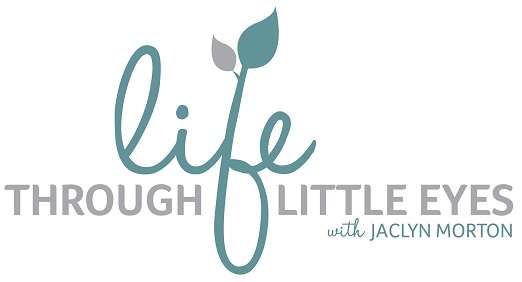The importance of working with parents in early childhood stammering
When a child starts stammering we don’t know whether it is a developmental stage and will stop or whether it will remain with them as they grow. 8% of children stammer and around 1% will continue to stammer into adulthood.
We know quite certainly now that stammering is caused by physiological factors, such as genetics and differences in the brain wiring, compared to children who do not stammer.
However, we also know that external, environmental factors can impact on stammering. This is the bit that we can influence.
As parents we just want the best for our children and to make their struggles go away. I can’t think of a parent of a child who stammers who doesn’t deep down wish it could be taken away from them. I think this can be said for any struggle a child has – eczema, anxiety, issues at school…these things just don’t have a quick fix, no matter how much we try.
So from an early age we need to ensure that your child understands what their stammer is and how it can be helped. When a child is young, this starts with supporting parents and teachers to fully understand how to help. There will be so much that you as parents are doing already. When a child gets older, we can help them to help themselves. Modelling openness, acceptance and understanding gives the child a strong foundation for growing up with a stammer. For this to happen we need to address your worries and support you in how to talk openly about stammering, as well as support you in feeling knowledgeable and confident in managing your child’s stammer.
Our aim, for children who stammer is for them to grow up knowing their stammer, accepting it is a part of them but certainly not who they are. As parents we have a big part to play in how our children see themselves. We give out so many messages without realising it, often because we want things to be better or different for our child. As part of the Palin Parent-Child Interaction therapy approach you will become aware of what you say and how you respond and how working on this can build resilience and a positive sense of self in your child.
